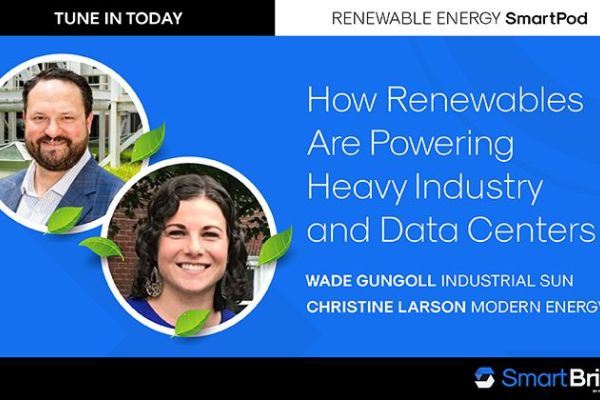Why the Oil & Gas Sector is Going Solar
Insights
Apr 26, 2023
Written by Alexandra Williams

In 2021, French multinational energy company and global oil major Total made headlines with the purchase of more than 2 gigawatts (GW) of solar assets in Texas to renewably power its refining and other operations. The deal included a corporate offtake power purchase agreement (PPA) for 1 GW of that solar power — enough to cover 100% of the electricity consumption of its operated industrial sites across the U.S.
The Total announcement was noteworthy for its sheer size, but it’s hardly the only example of the oil and gas sector going solar. Two years earlier, for example, Chevron announced a 29 megawatt (MW) solar PPA for its Lost Hills operations in California. One year later, Chevron doubled down on 500 MW of additional renewable energy to power its operations across Texas’s Permian Basin and beyond. Meanwhile, just last year Flint Hills
Resources moved forward with a 45 MW solar project to power its Pine Bend oil refinery in Minnesota.
It might seem counterintuitive for petrochemical industrial facilities to look to renewable solar energy for their operations, but for a growing number of refineries, it just makes sense for two big reasons: 1) economics, and 2) upstream supply chain decarbonization.
Solar Dollars and Sense
Oil and petrochemical refining is an energy-intensive process. This makes slashing energy-related costs an imperative.
According to a 2019 National Renewable Energy Laboratory (NREL) technical report, in 2010, the U.S. petroleum refining industry spent $9 billion on energy purchases (fuels + electricity combined), which can make up 30–50% of operating / non-capital expenses for refineries.
Electricity consumption and electricity costs in particular have been rising. In fact, in 2021 U.S. refineries purchased 42,600 gigawatt-hours (GWh) of electricity, equivalent to the annual consumption of 3.6 million homes.
Against this backdrop, large-scale solar has emerged as a financially attractive option for least-cost power, noted consultancy Stantec. “Due to dramatic declines in the cost of energy generated from renewable sources, integrating renewable energy technologies can, in many cases, reduce operations costs as well,” mirrored the NREL report.
For petrochem refineries within the Texas ERCOT market in particular, solar’s value proposition is even stronger, thanks to its ability to virtually eliminate the demand charges that often plague industrial customers’ power bills. Plus, as CNBC notes for refineries located in Texas’s famed Permian Basin, it’s “one of the best places in the U.S. to cite solar, with loads of cheap flat land and really good irradiance.”
Making Oil & Gas Upstream Operations Cleaner and Greener
Oil and petrochemical refining is not only energy-intensive, it’s also a major source of greenhouse gas (GHG) emissions. According to the International Energy Agency (IEA), the process of getting oil and gas out of the ground and to consumers accounts for 15% of energy-related GHG emissions globally. In the U.S., petroleum refining is the largest generator of onsite GHG emissions in the manufacturing sector.
Meanwhile, mounting pressures — from regulators, investors, consumers, and others — is spurring the oil & gas sector to decarbonize their upstream supply chain operations. In fact, due to upstream differences in process emissions intensities, oil & gas lifecycle emissions can vary by as much as a factor of five from the lowest- to highest-GHG oil and gas, according to analysis from energy think tank RMI.
That presents not just a decarbonization opportunity, but also potential competitive advantage for petrochemical refineries to lean in to climate-differentiated oil and petroleum products with lower total embodied carbon.
Petrochemical refining and net-metered industrial solar
As Texas surges past California to become the leading U.S. state for large-scale solar PV — and with the Lone Star State also holding the #1 slot for refining capacity — the time is right for the oil & gas to further seize the opportunity. Early movers have already built initial momentum behind investments in solar and wind projects to power refining operations. Now, a new flavor of renewables project — net-metered industrial solar — has stepped out from the pack, offering Texas refineries a value proposition that surpasses even the wind energy for which the ERCOT market has also become world-famous.
Contact our team to learn more about how net-metered industrial solar can pair with petrochem refining to drastically reduce your all-in power bill while also reducing refining process emissions.




